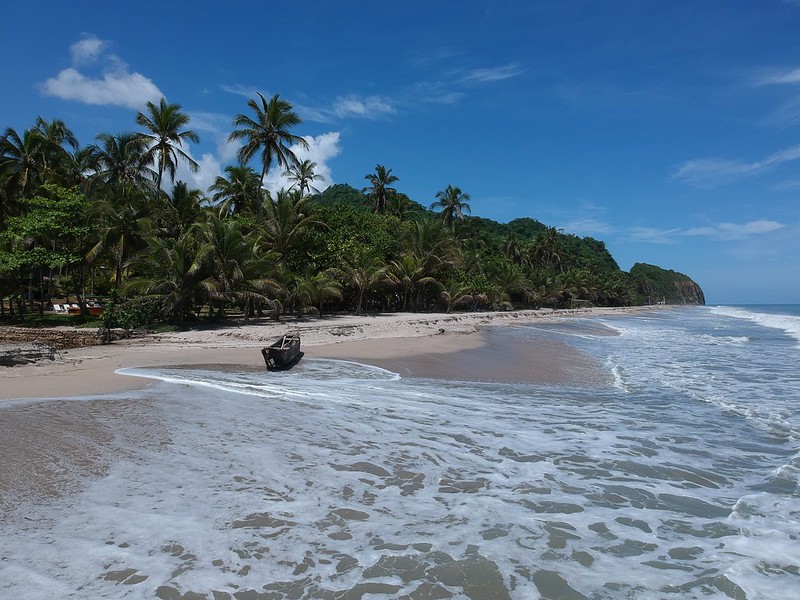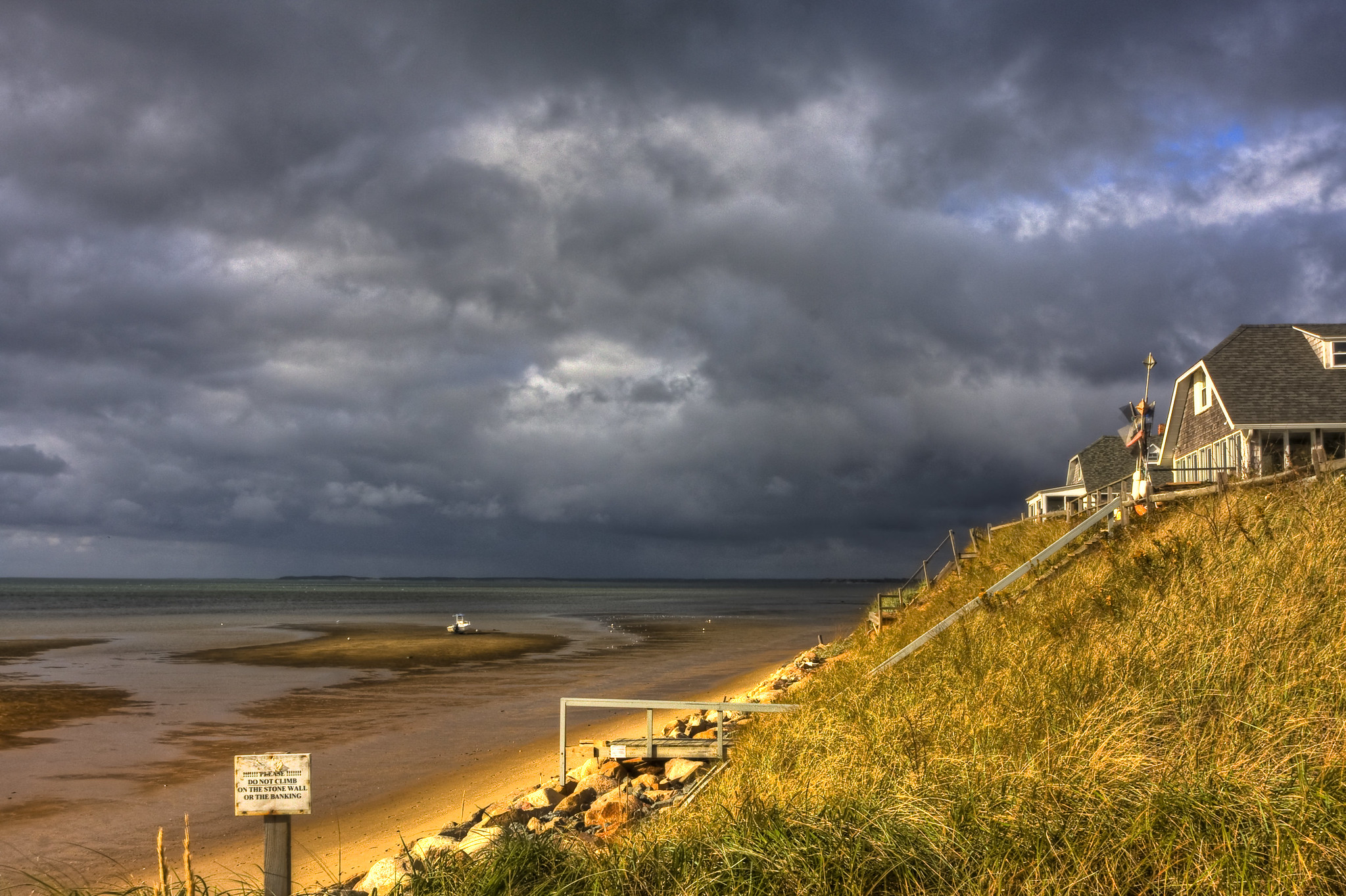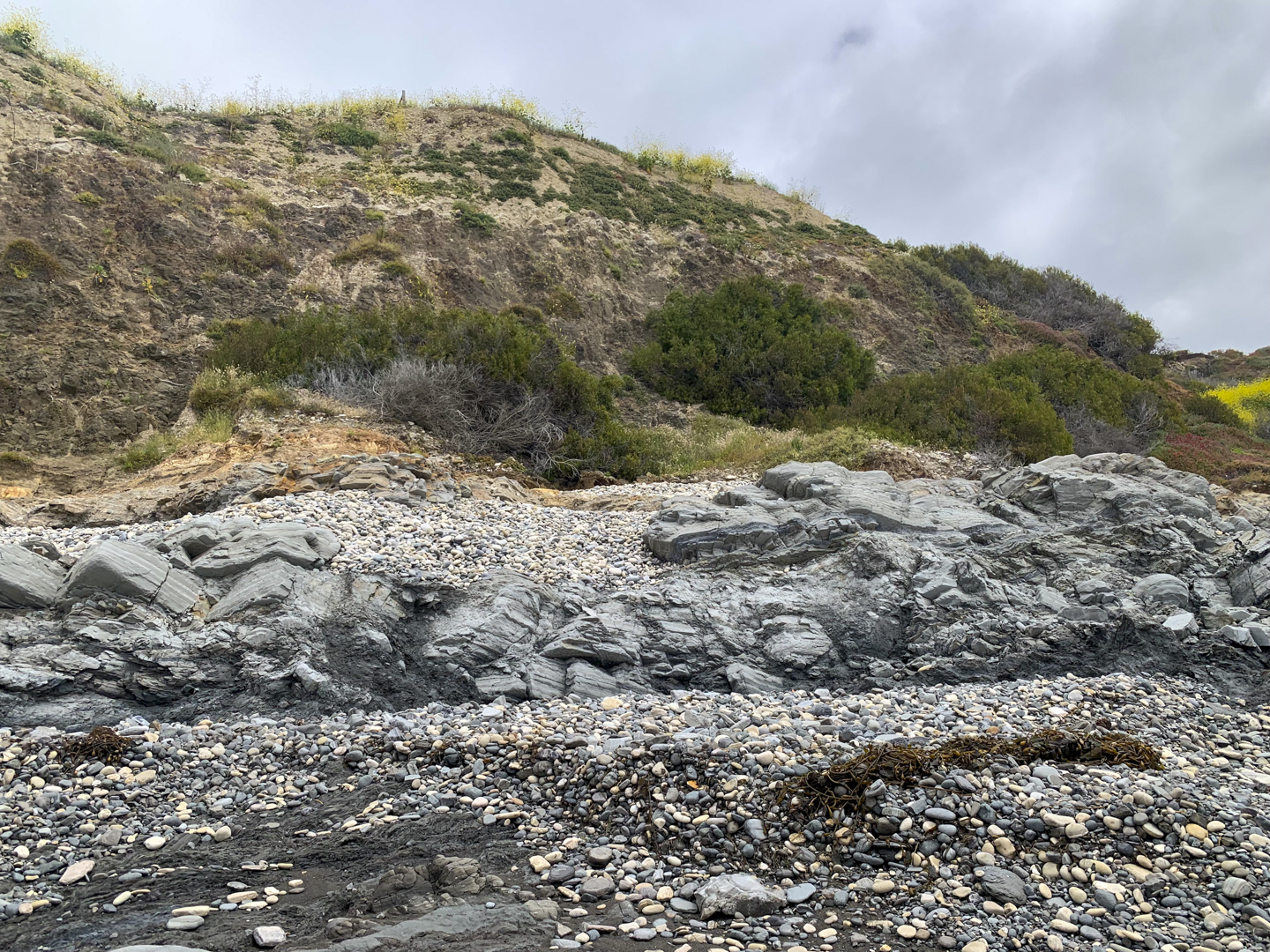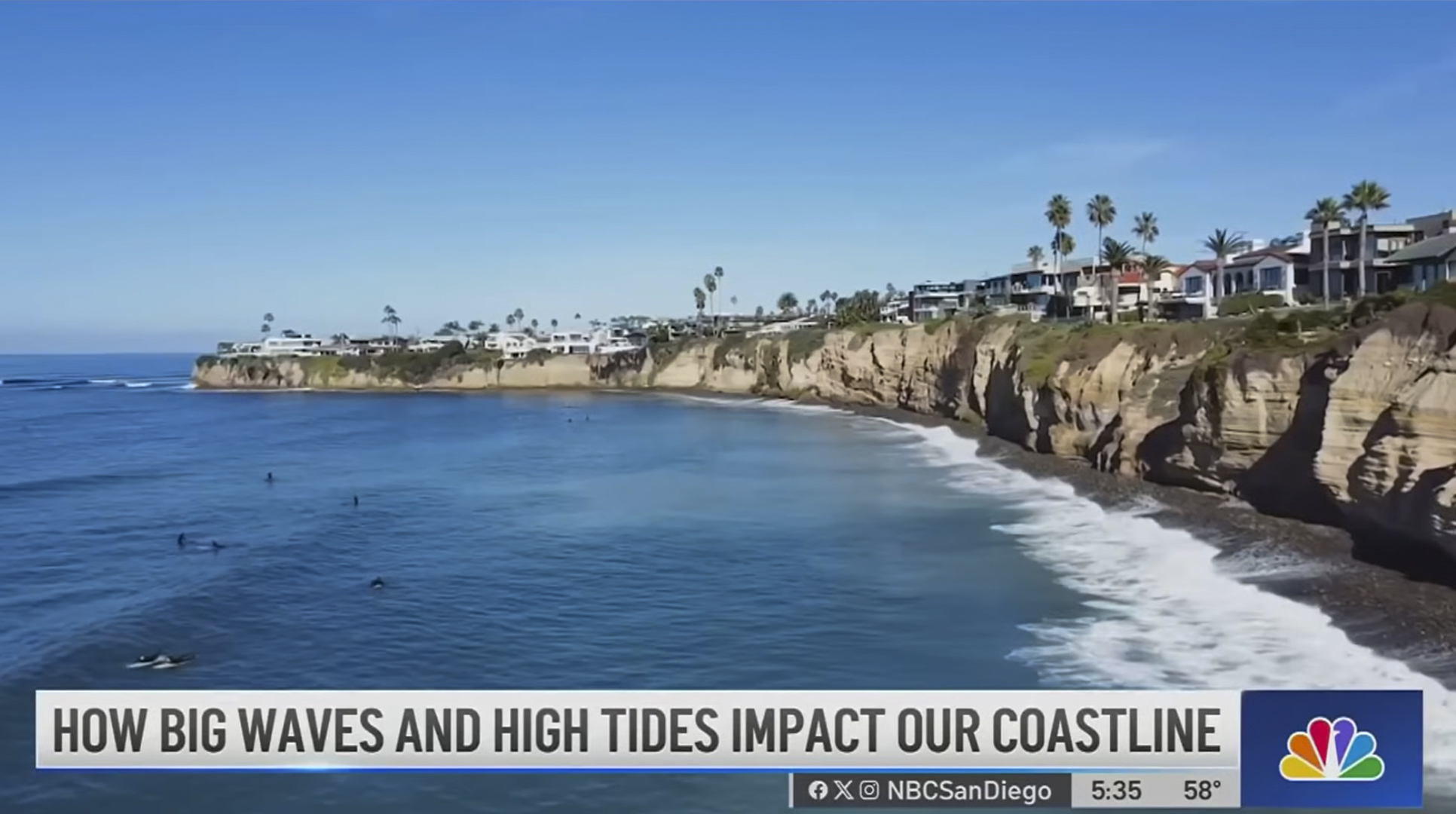Shoreline Erosion | Coastal Armoring + Engineering
October 12, 2024

‘The sea came in and took it all away’: the Colombian beach resort facing a ‘public calamity’ – the Guardian
Excerpt:
In the past 10 years, Palomino’s coastline has receded between 47 and 50 metres, threatening the livelihoods of restaurateurs, hoteliers and all those who work in the resort
SHARE THIS ARTICLE
More on Shoreline Erosion | Coastal Armoring + Engineering . . .

He bought his dream home. In 10 years, it could fall into the ocean – the Washington Post
David Moot secured a three-bedroom, two-bathroom bungalow with sweeping views of the Atlantic Ocean for just under $400,000 — but its days are numbered…

One block on the Outer Banks has had three houses collapse since Friday – the Washington Post
In Rodanthe, N.C., 10 houses have fallen into the ocean since 2020 in an erosion-plagued stretch of the Outer Banks…

The California sand wars: As beaches shrink, neighbors and cities fight for what’s left – the Los Angeles Times
California is a place of magnificent tectonic forces that lift mountains only for them to be constantly eroded by glaciers, wind and rain, ground down to one of the most basic commodities on Earth: sand…

Rancho Palos Verdes landslide is creating a new beach. ‘It’s unreal’ – the Los Angeles Times
There’s an entirely new coastline in Rancho Palos Verdes…

The homeowner mutiny leaving Florida cities defenseless against hurricanes – Grist Magazine
The Army Corps of Engineers won’t restore eroded beaches in Pinellas County unless homeowners agree to one condition: public access…

“The fear has properly set in”: how it feels to watch my home town disappear into the sea – the Guardian
Inverbervie, on the north-east coast of Scotland, faces an existential threat, with storms carving away metres of shoreline. Can anything be done to save what is left?

The Precarious Future of Big Sur’s Highway 1 – the New Yorker
How climate change is threatening one of the country’s most famous roadways..

How is coastal erosion impacting life in San Diego? – NBC 7 San Diego
NBC 7 explores coastal erosion and the threat to people, property & infrastructure along San Diego’s coastline.

Why Highway 1 is the climate challenge that California can’t fix – the Washington Times
It is beloved by Big Sur road trippers and is vital for local businesses. But intense storms, slides and fires imperil this highway. What does the future hold?
